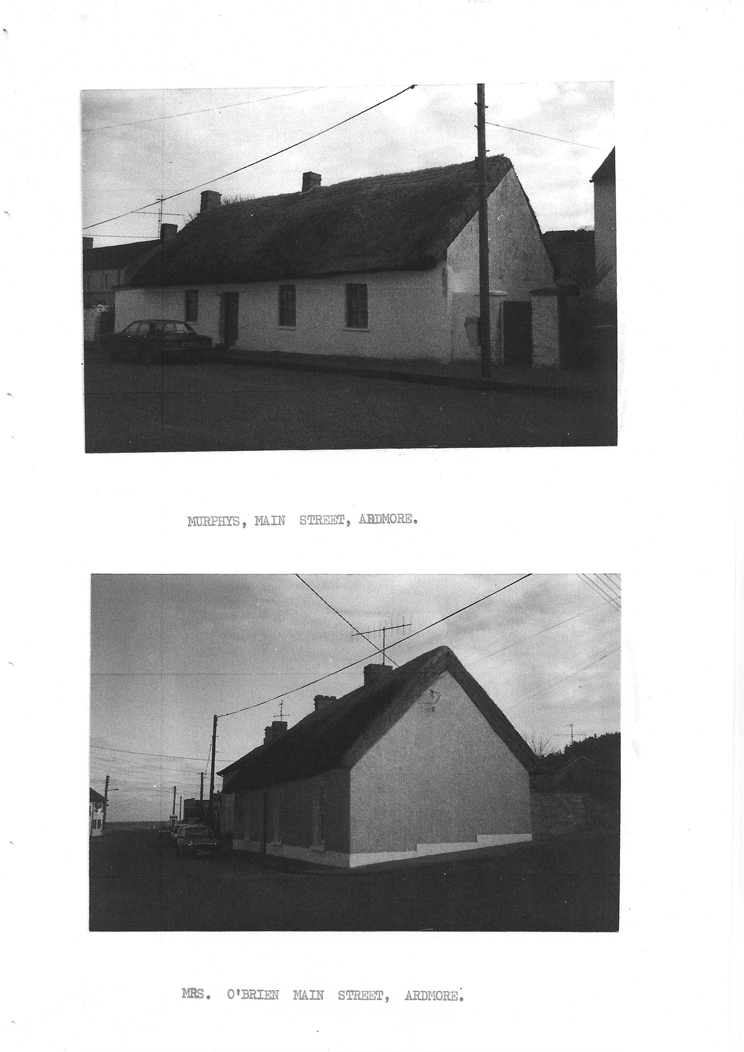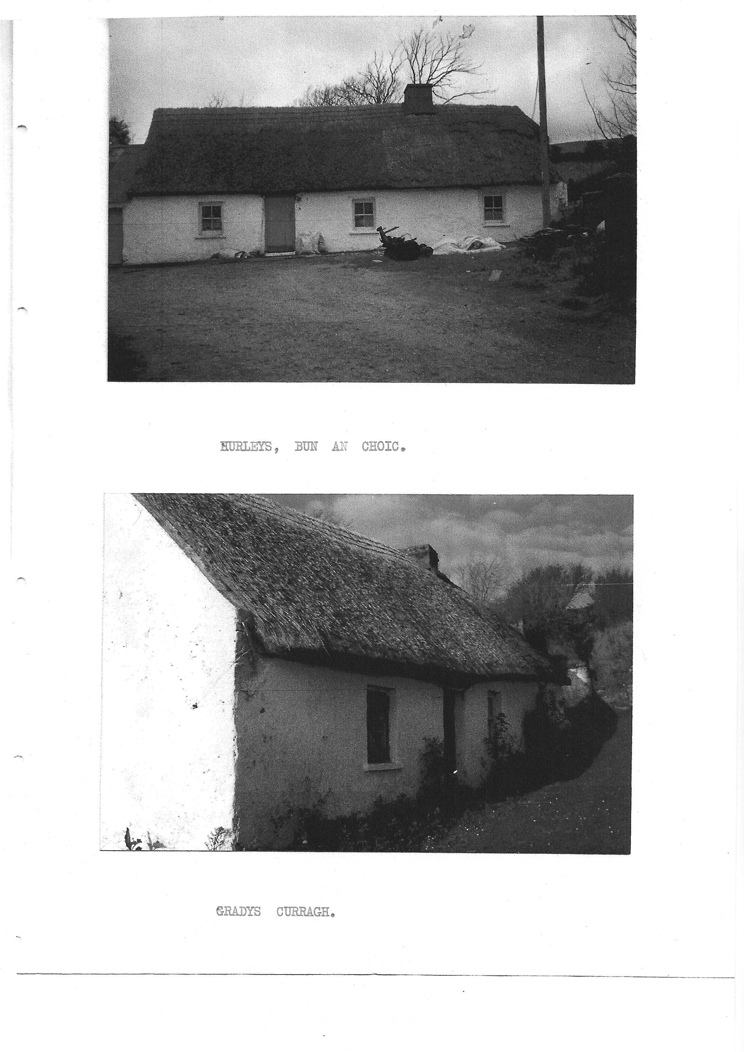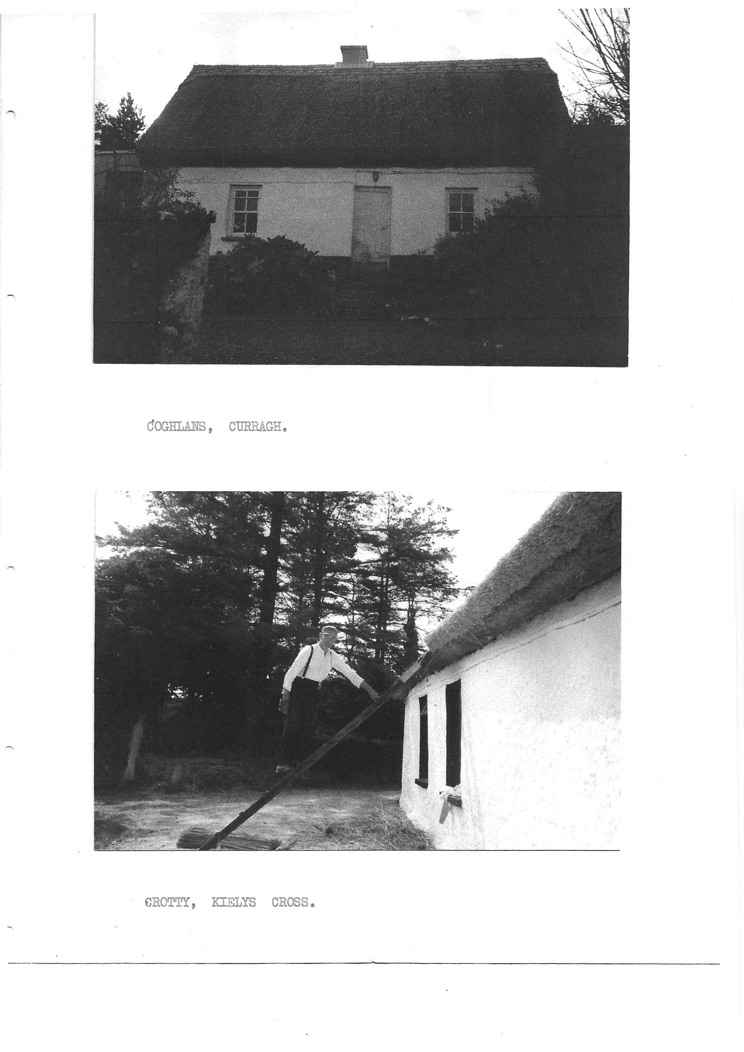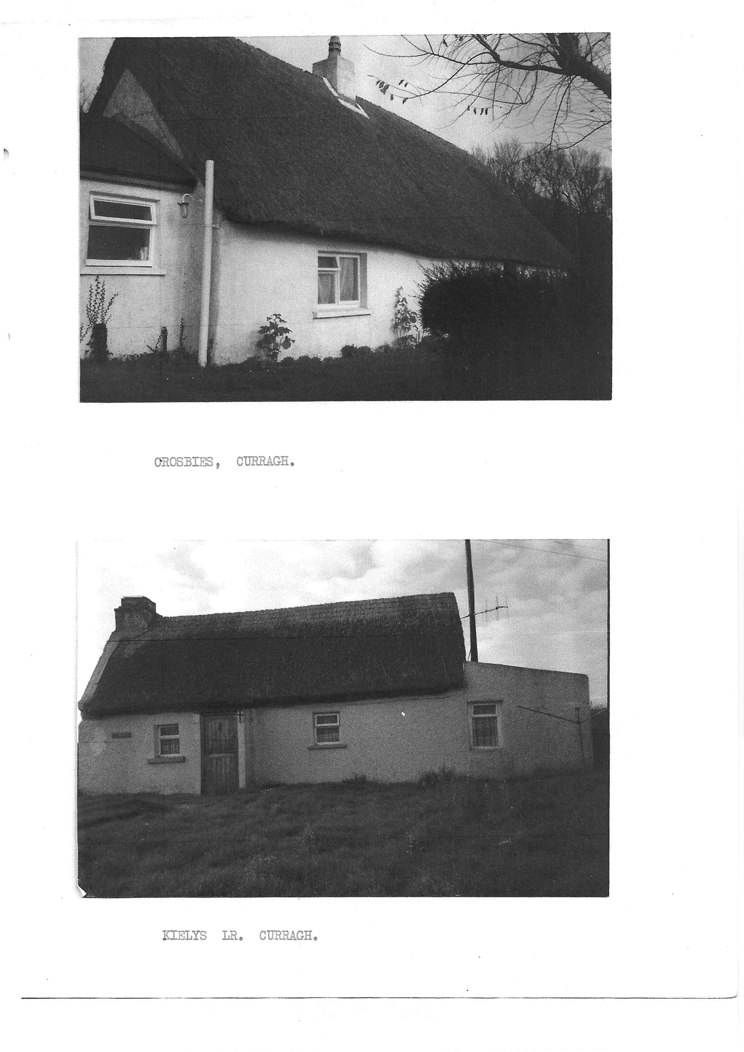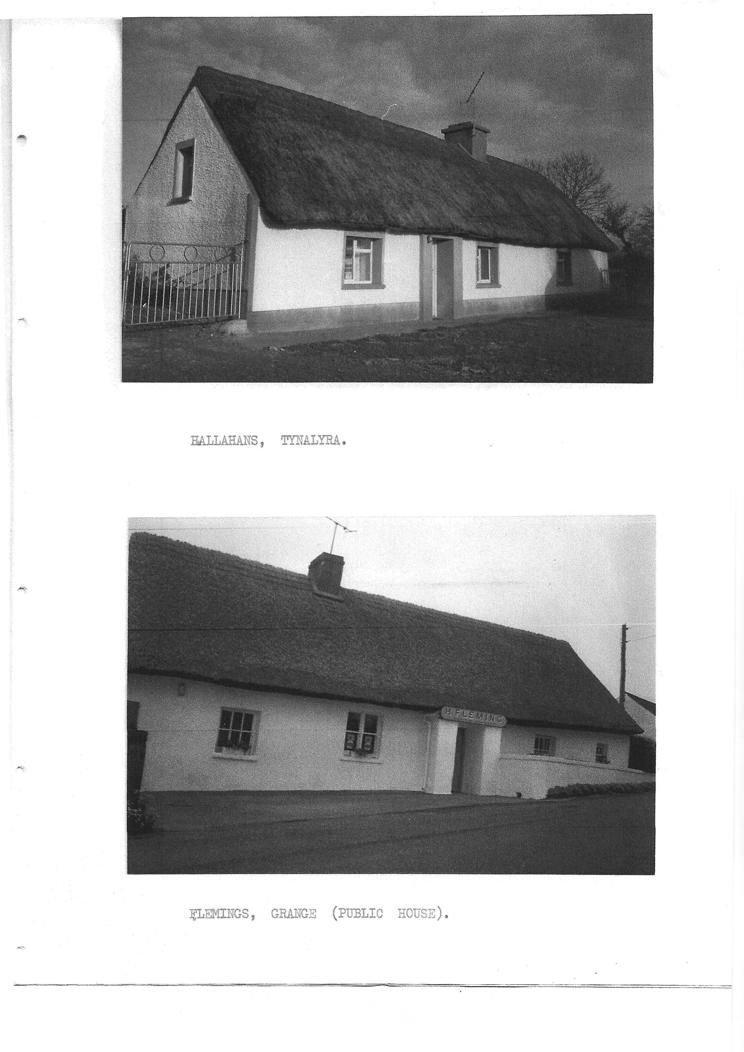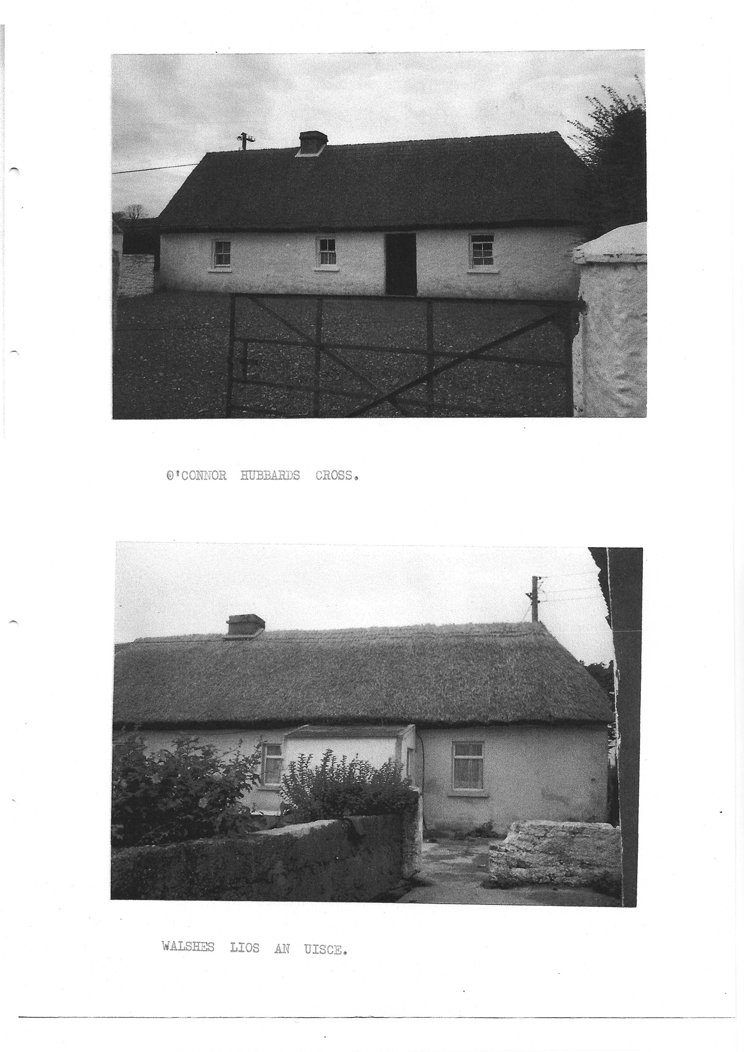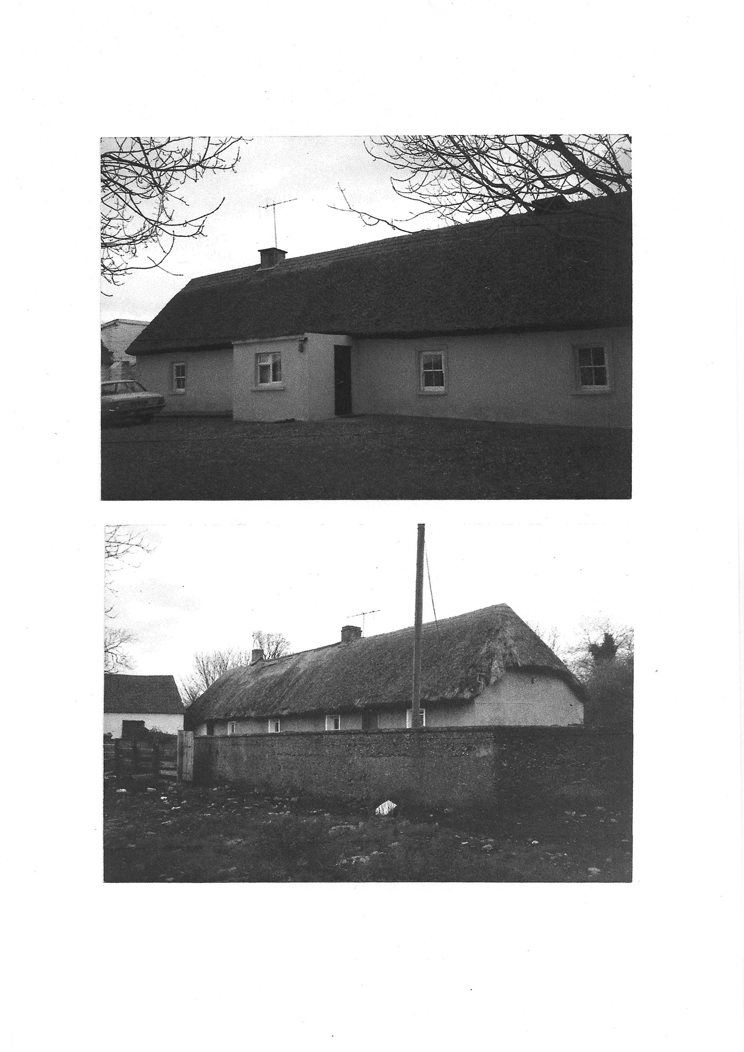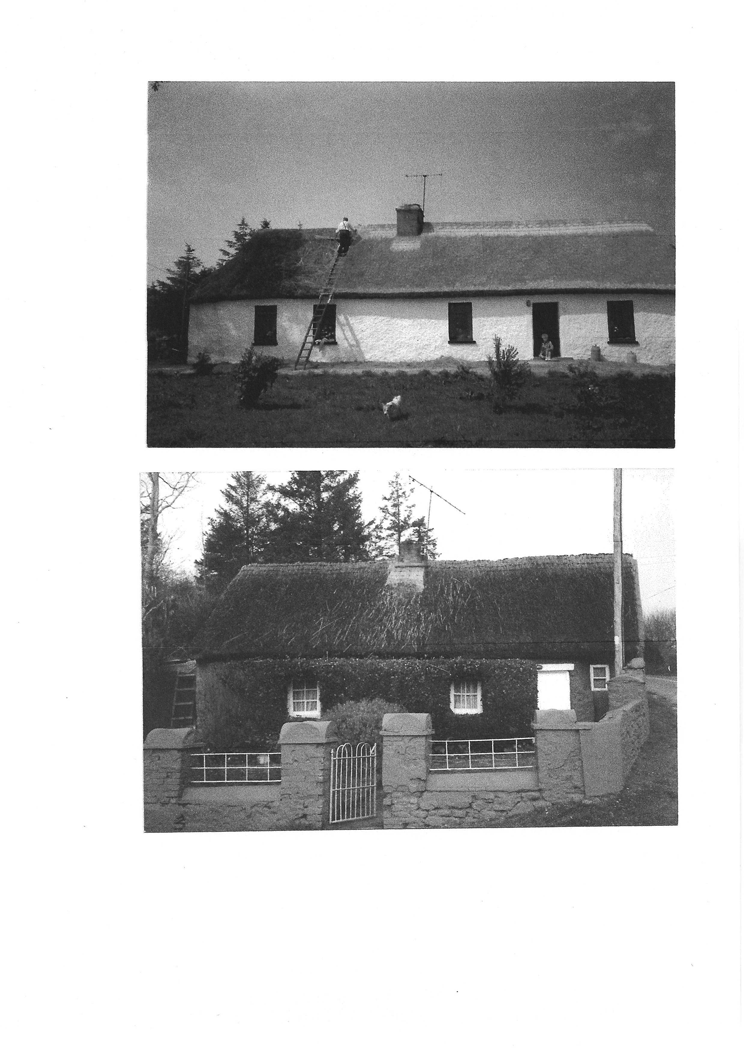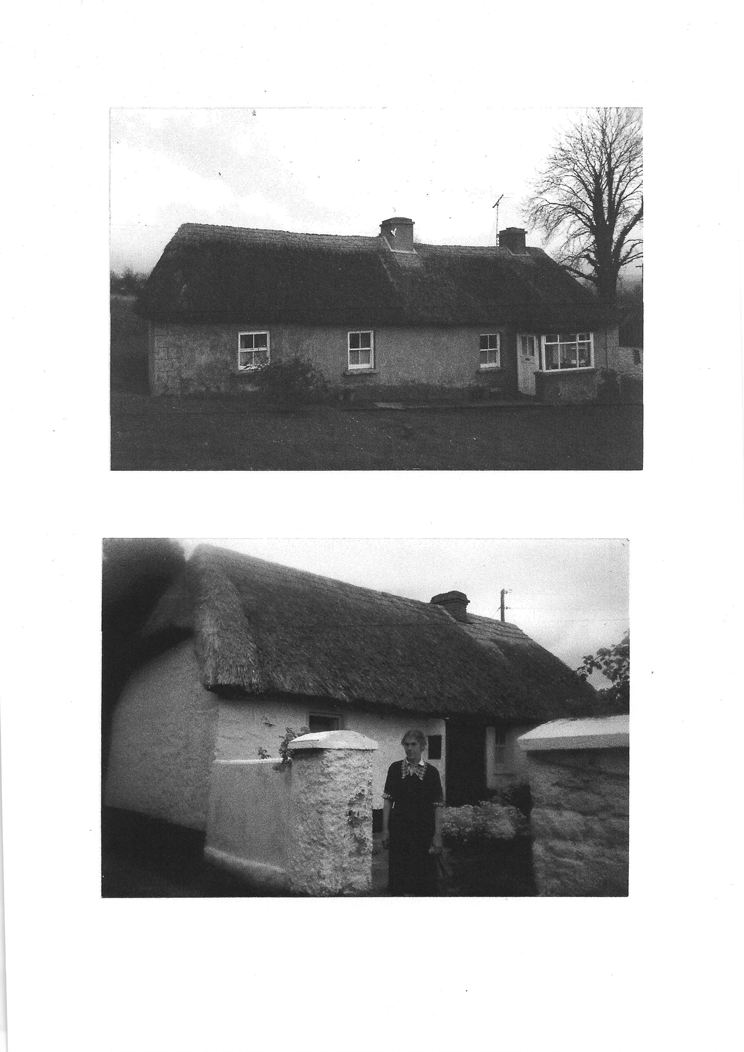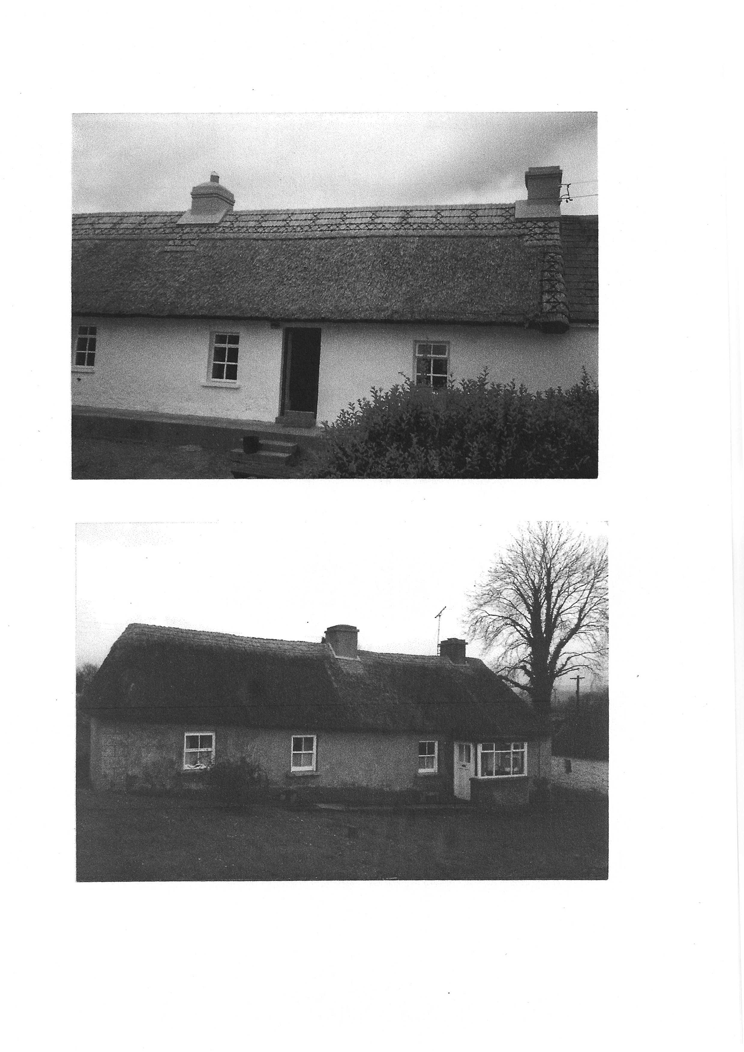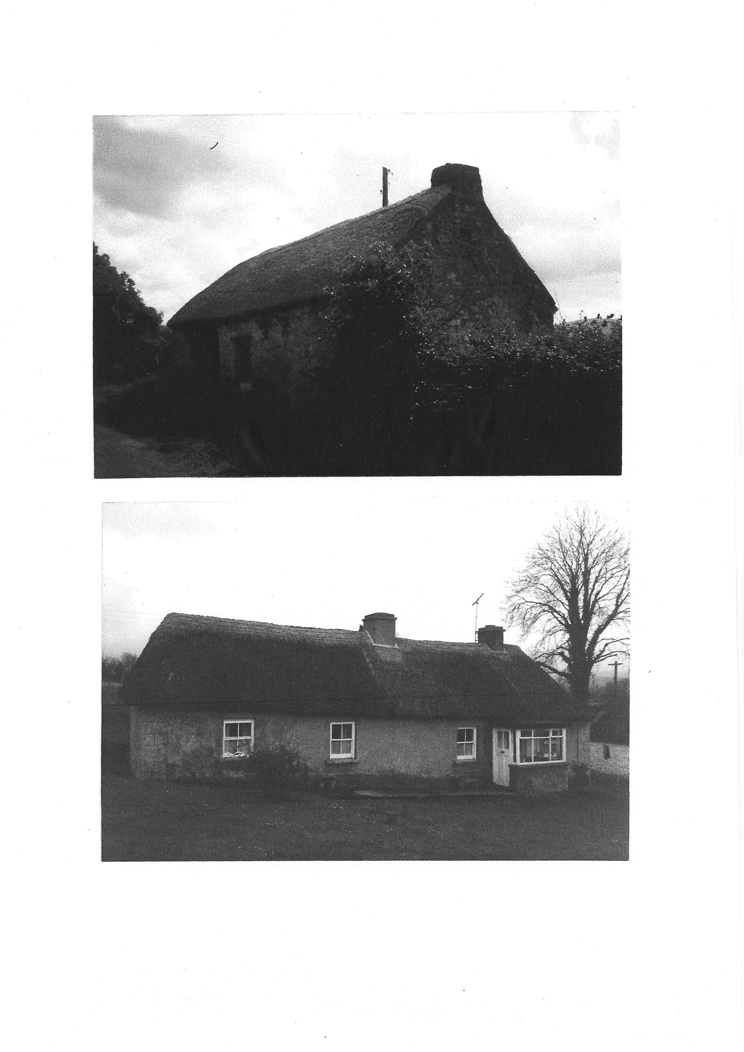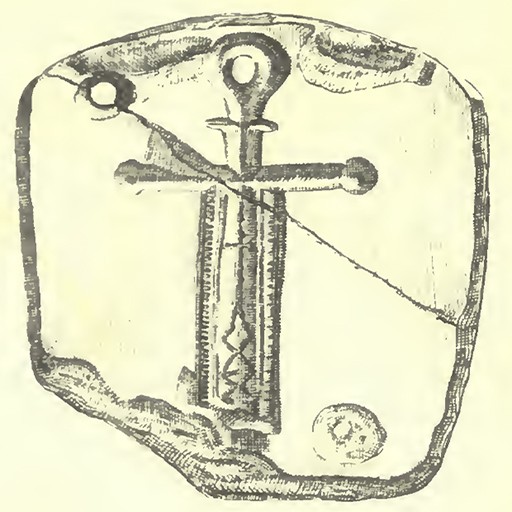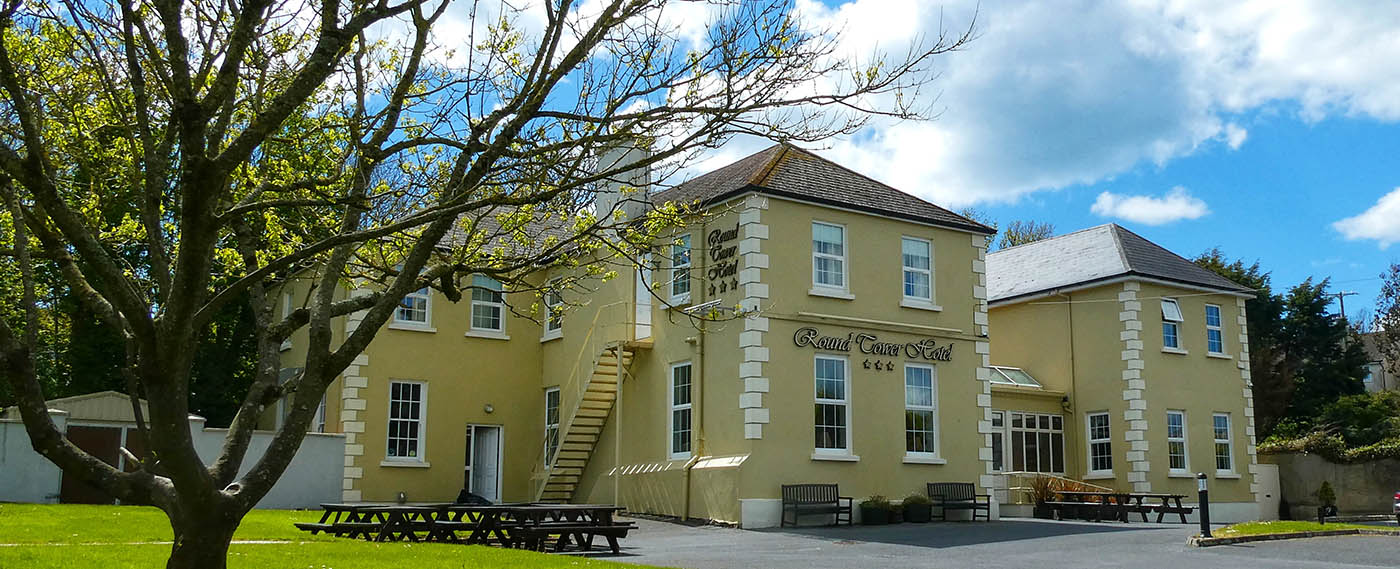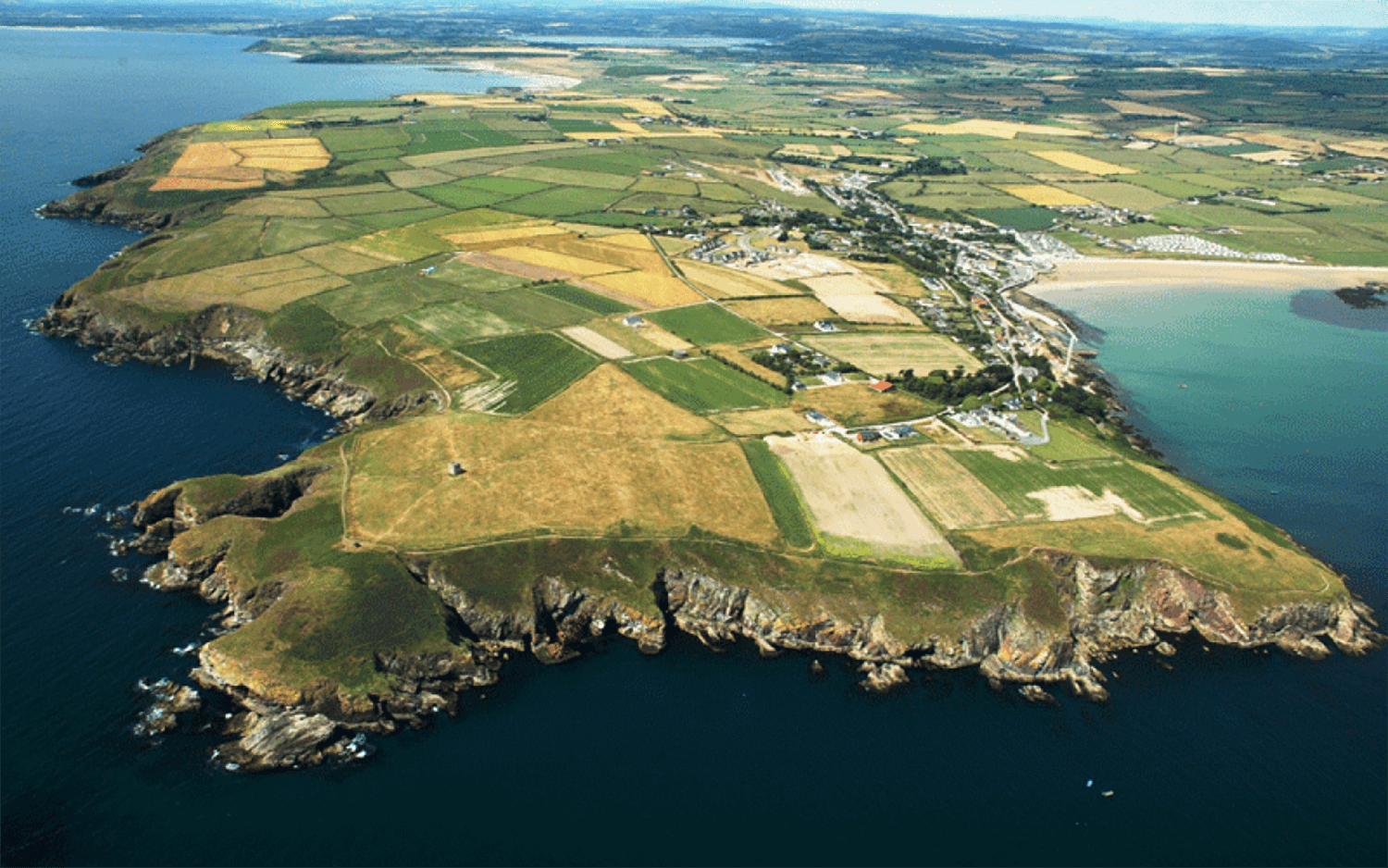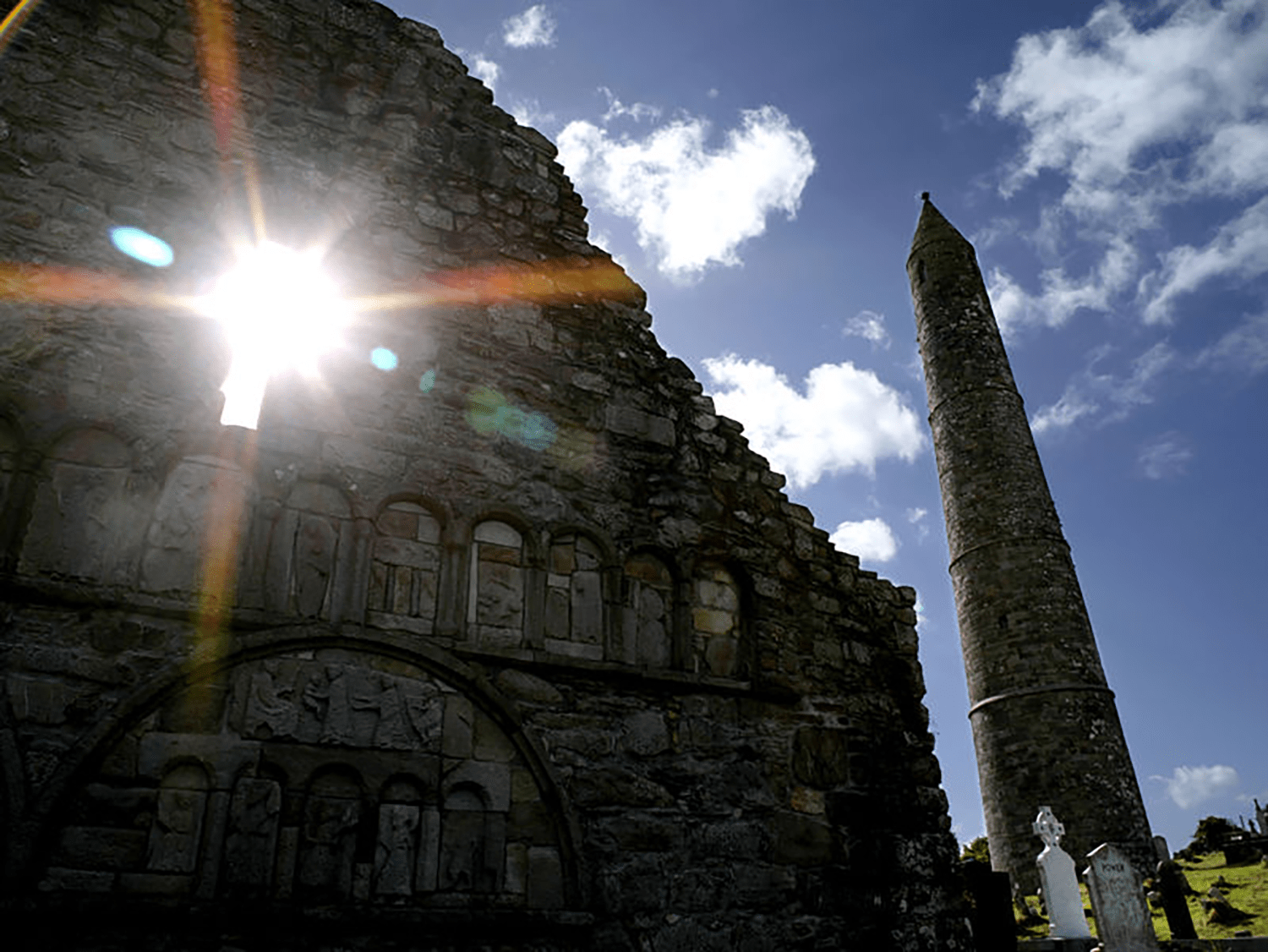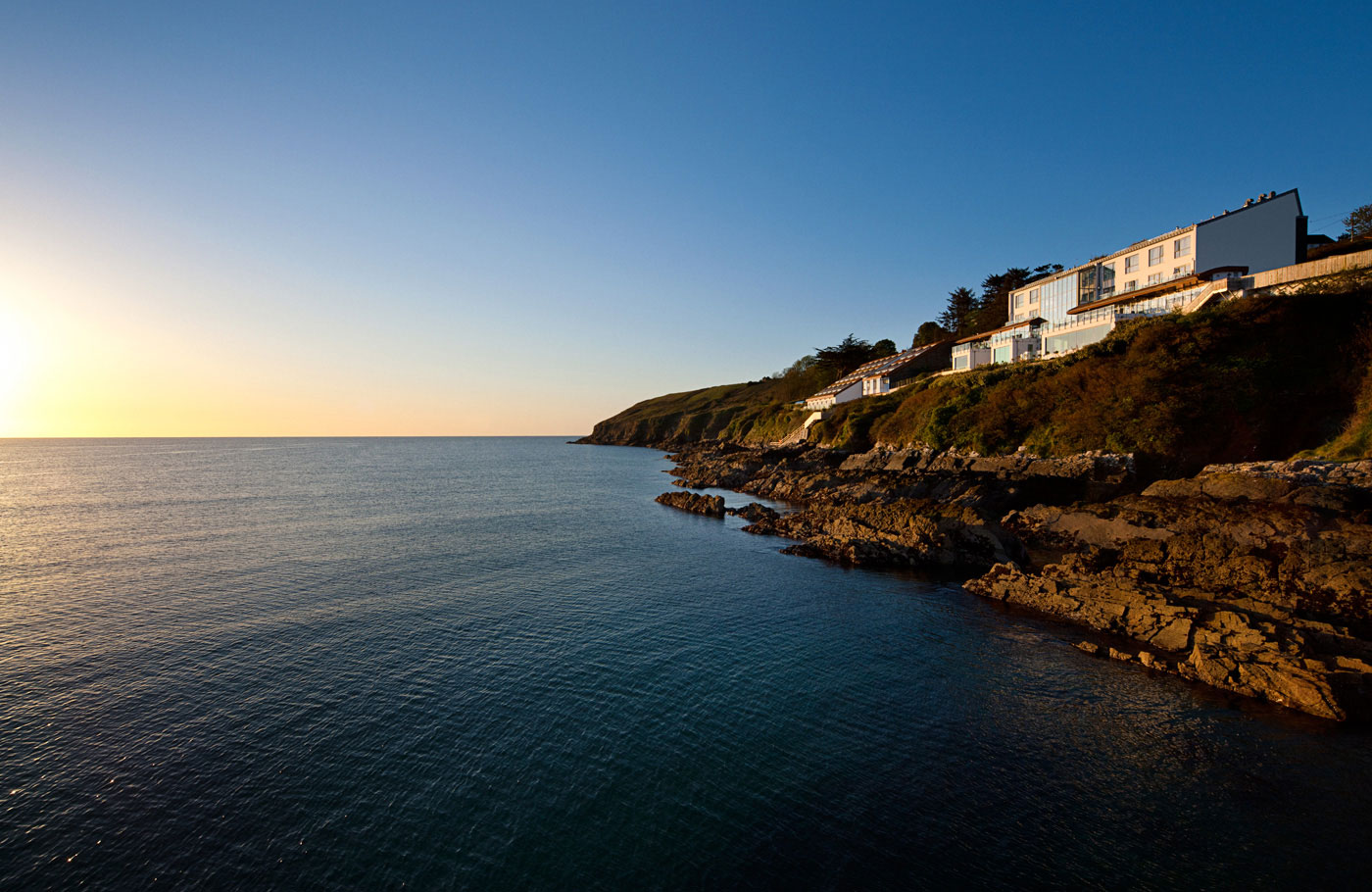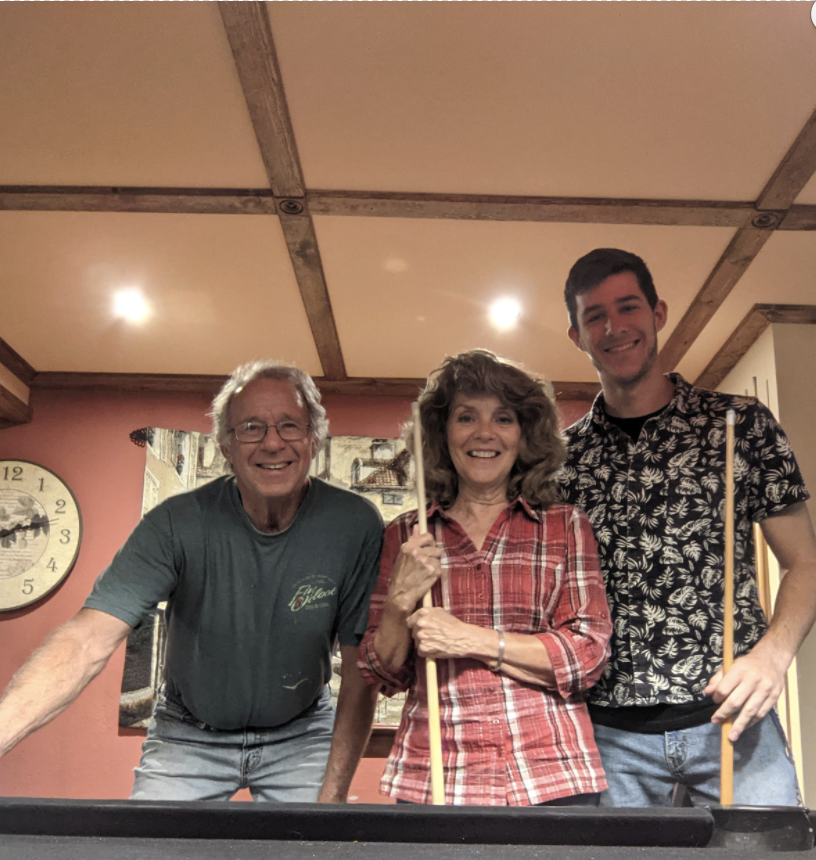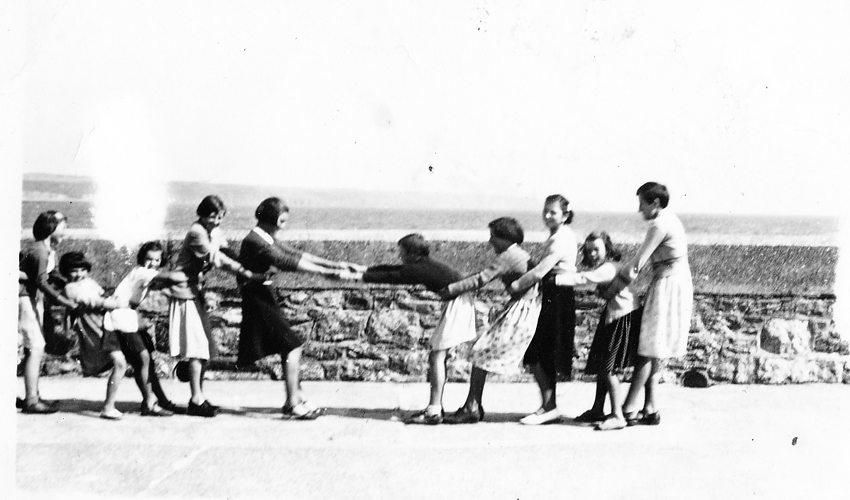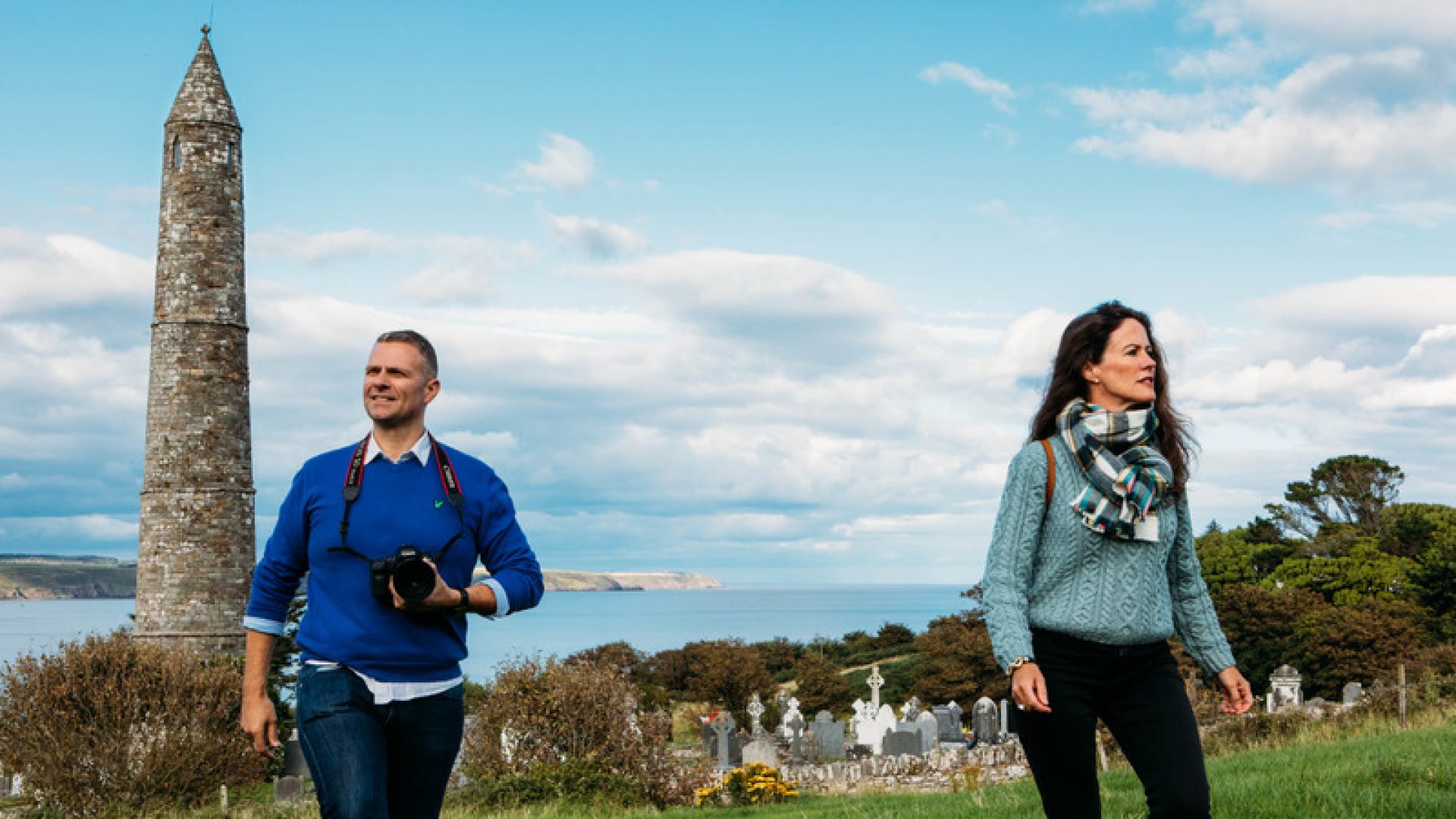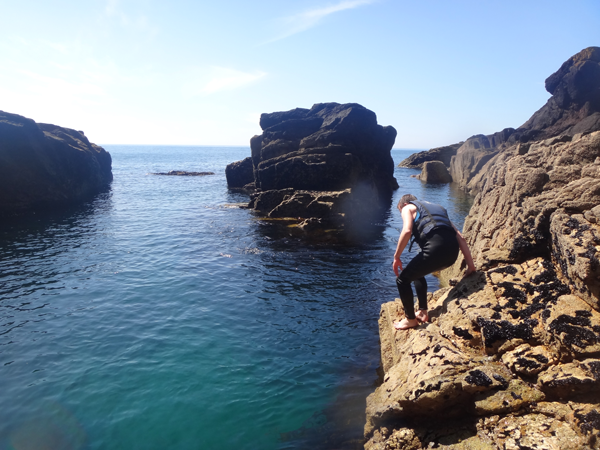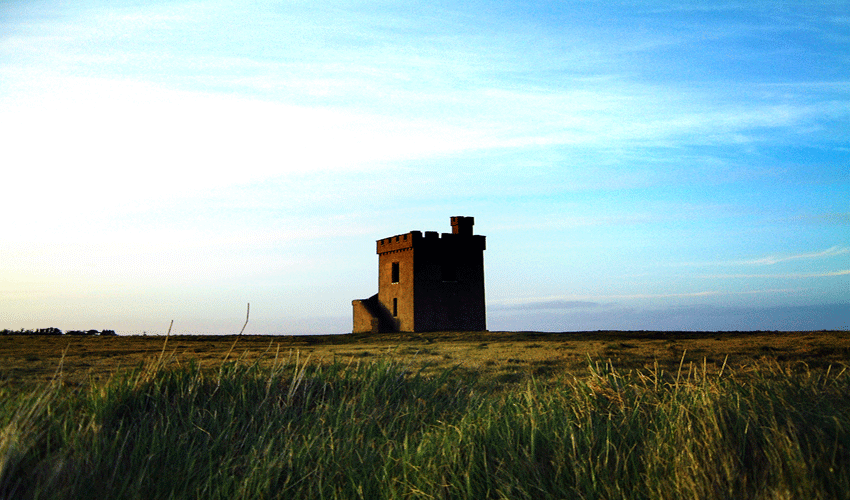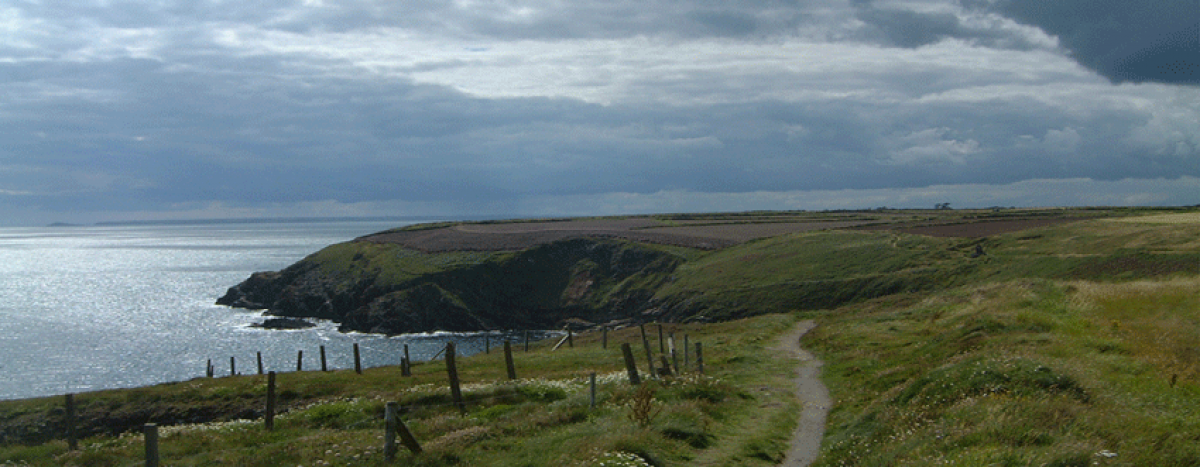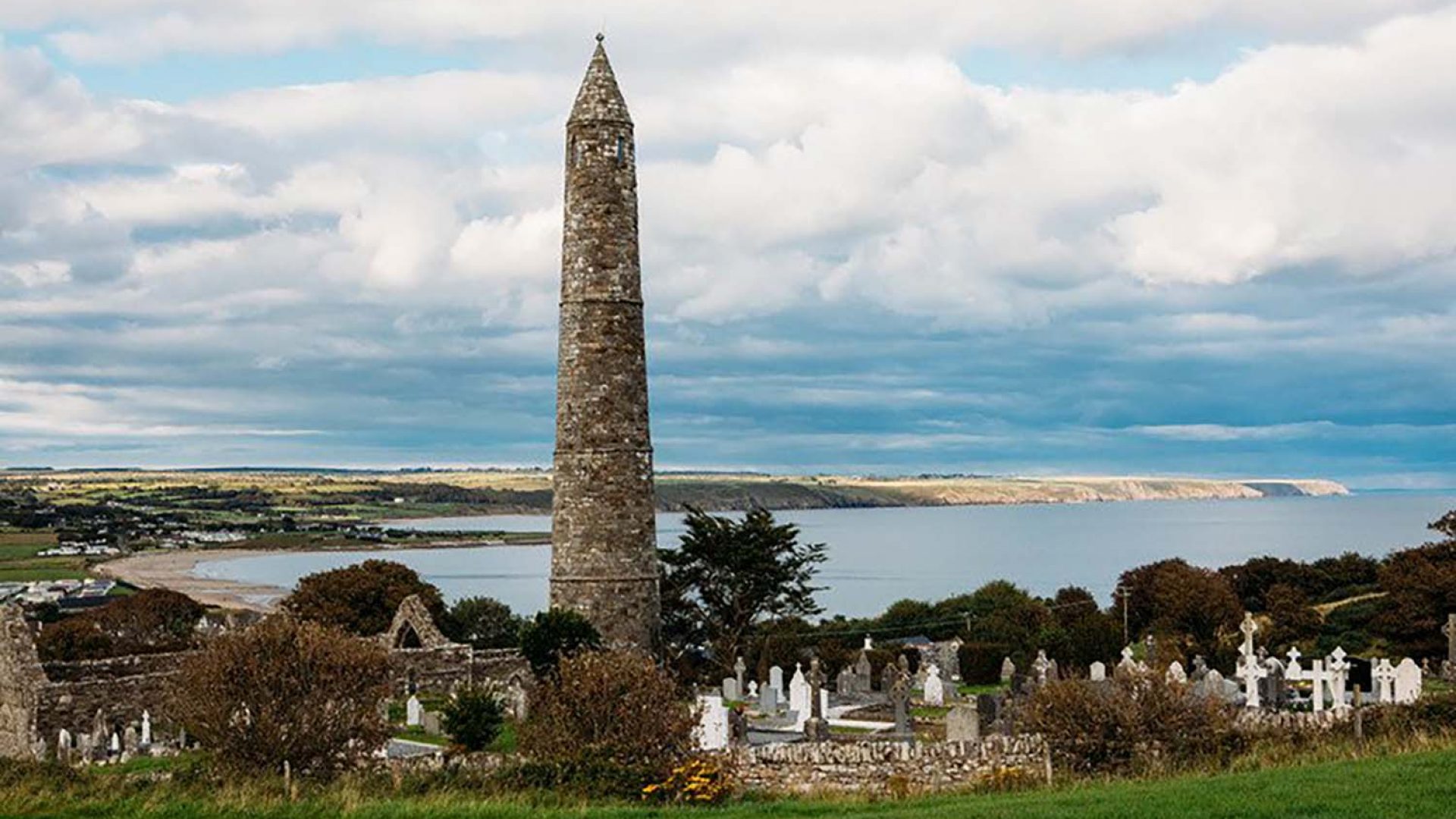As you stroll through the charming streets of Ardmore, County Waterford, you are drawn to two magnificent thatched cottages framing the Main Street – living relics of a bygone era. These picturesque dwellings are more than just quaint photo opportunities; they’re the last vestiges of a rich architectural heritage that once defined the Irish countryside.
A Moment Frozen in Time
In a stroke of foresight, the local ICA (Irish Countrywomen’s Association) branch recognized the declining numbers of thatched cottages and undertook a comprehensive survey of these traditional homes in Ardmore and Grange[3]. Their efforts have preserved a snapshot of a vanishing way of life.
A Tapestry of Thatched Homes
The survey revealed a diverse array of thatched cottages scattered across the region:
- Mrs. Connery’s cottage in Rath, standing proud against the Irish sky
- The Halloran home at Hubbard’s Cross, is notable for its unique spire in the backyard
- A picturesque dwelling near Lickey Bridge, its thatch blending seamlessly with the surrounding landscape
- The Geogh, Lynch, and Lincoln cottages, each with its character and charm[3]
More Than Just Roofs
These cottages were not merely shelters but the beating heart of rural Irish life. The Curragh village, surveyed in 1943 by architecture students, painted a vivid picture of life within these humble abodes:
- Homes built of stone and yellow clay, their exteriors whitewashed to a gleaming finish
- Interiors adorned with intricately carved 19th-century dressers and settles
- Unique “covered car” beds, canopied to create a cozy microclimate for the sleeper[1][5]
A Fading Tradition
Sadly, the art of thatching is becoming increasingly rare. The skills passed down through generations are at risk of being lost forever. Today, these cottages stand as reminders of a simpler time, their thatched roofs a testament to the craftsmanship of our ancestors.
As you admire the remaining thatched cottages of Ardmore and Grange, take a moment to appreciate the stories woven into every strand of straw. These humble dwellings are not just houses; they’re the last echoes of a rich cultural heritage that shaped the Irish landscape for centuries.
Citations:
[1] https://www.museum.ie/en-IE/Collections-Research/Collection/Traditional-houses-from-the-Irish-Folklife-Archite/Artefact/Curragh-Village,-Ardmore-Bay,-County-Waterford-(1)/9e195ad5-7a2a-43ab-a3b6-a6c756debeeb
[2] https://www.spratt.ie/the-old-thatch-lemybrien-kilmacthomas-waterford/701312
[3] https://www.ardmorewaterford.com/the-thatched-cottages-of-ardmore/
[4] https://www.hogansirishcottages.com/holiday-cottages-in-bunmahon.html
[5] https://www.museum.ie/en-IE/Collections-Research/Collection/Traditional-houses-from-the-Irish-Folklife-Archite/Artefact/Curragh-Village,-Ardmore-Bay,-County-Waterford-(3)/6d55655c-28b6-4202-9f0f-c58ecf5e9c4a
[6] https://www.shamrockcottages.co.uk/county-waterford-cottages/tallow/i407-thatch-cottage
[7] https://www.waterfordmuseum.ie/exhibit/web/Display/article/370/4/Ardmore_Memory_and_Story__Life_and_Work_Curragh.html
[8] https://www.buildingsofireland.ie/search-vernacular-thatch-building-surveys/?thatch=truthy&search_page=25
Experience The Story Of Wonderful Thatched Cottages In Ardmore And Grange
When you visit Ardmore, you’ll be struck by the diversity and uniqueness of the houses that colour this small village.
In particular, you’ll see the two fine thatched cottages that proudly frame the Main Street.
But thatched cottages have become less visible in the landscape of Ireland today.
Once, they defined a heritage, whereas now they sadly reflect a passing tradition.
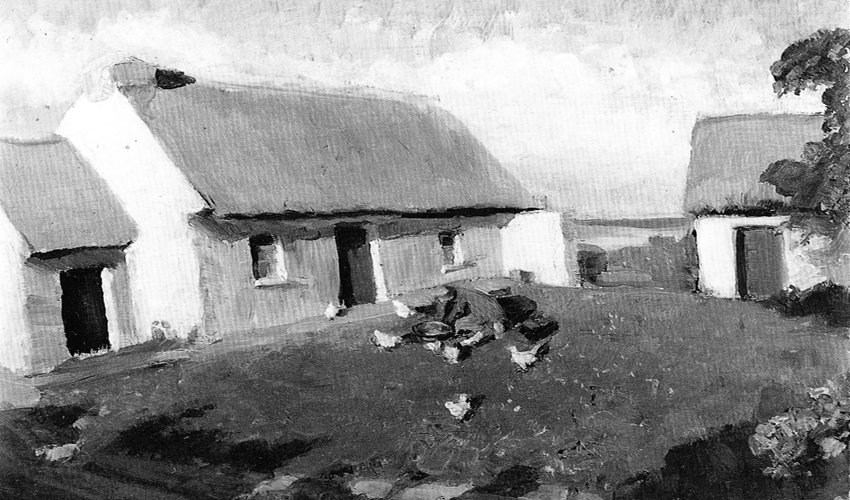
A Moment In Time
However, the branch of the local ICA understood the importance of celebrating this skilled work. They also saw that the number of thatches was in decline.
That’s why they surveyed the thatched cottage in Ardmore and Grange Waterford that we present here.
We include some more images of thatched cottages as collected as part of this research.
- Mrs Connery, Rath
- Hallorans, Rath (Hubbards Cross) – Spire in back yard.
- unknown (do let us know if you can identify this cottage)
- Lickey Bridge
- Geogh
- Lynch
- Lincoln
- Geogh
The main picture of this post is of a painting known as Mary Cuddihy’s Cottage By Isadell O Dell (1871 – 1943). This cottage was identified by Martin Troy in the report as being in Lower Curragh.





